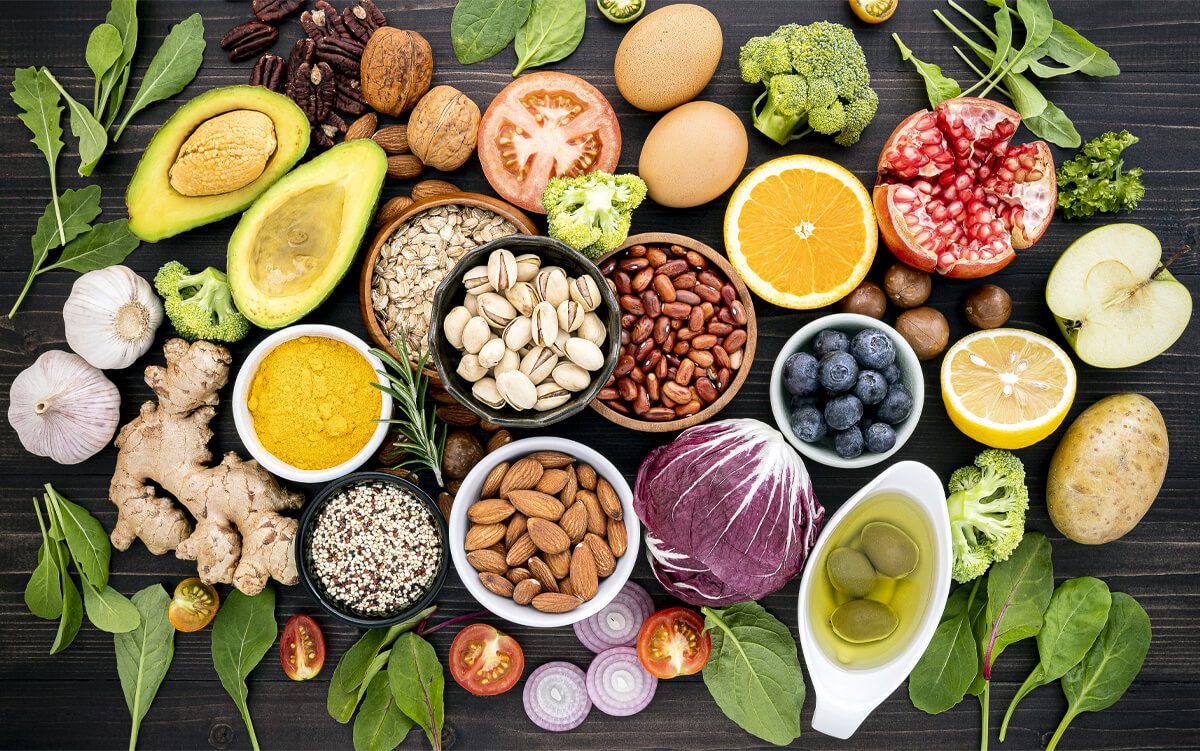Do you go grocery shopping with the intention of eating healthy and then get in the store and feel completely overwhelmed and not sure where to start? If this is you, then here are 5 easy tips that can help you determine if your grocery cart is packed full of nutritious choices.
1. Where did you find the product? If you found the food item along the outside perimeter of the store, then you have a better chance of it being a more nutritious choice. Think about it for a second-what sections do you find along the outside perimeter of the store? The produce section, the fresh meat, and dairy-all of which contain foods closer to their original state. The food that you can find down the aisles is more processed and higher in sugar and sodium.
2. Look at the ingredients listed on the label. If you see a long list, put it back! If you see a list with majority of which you cannot pronounce, put it back! Again, we are looking for foods closest to their original state so the ingredient list should be short and contain items that you recognize.
3. Don’t be fooled by the terms that the food manufacturers place on the outside of the label. For example, “natural” is a term that is not regulated by the FDA so any food manufacturer can determine their standards for “natural.” You may be purchasing a product with that label that is the exact same as another product with no special label. Be a smart consumer and don’t be fooled by these special labels!
4. Ask yourself the question-does this food add value? For example, you can have 2 food items with the exact same calorie and fat content that may appear to be similar choices such as a banana and pretzel thins. While they may seem similar on the surface, ask yourself what additional nutrition does the food provide you. For example, the banana would provide a good source of potassium, fiber, and vitamin C compared to the pretzels, which provides carbohydrates. Look to see what bonus nutrients your food can provide to help your overall nutrition.
5. Consider the source of the food. Does your food come from a plant? If so, then it is most likely a fruit, vegetable, grain or legume. The American diet is not meeting the recommended amounts of fruits and vegetables so we are always striving to incorporate more fruits and vegetables. This is an easy question to ask and to answer to help you determine if a food is a healthy choice. Plant based choices tend to be higher in vitamins and minerals and lower in total and saturated fats.
So next time you are at the store, stop and think about these 5 tips. Remember, there is no quick fix or one special food that will meet all nutrition needs. Think about what we are putting into our grocery cart and into our body.

